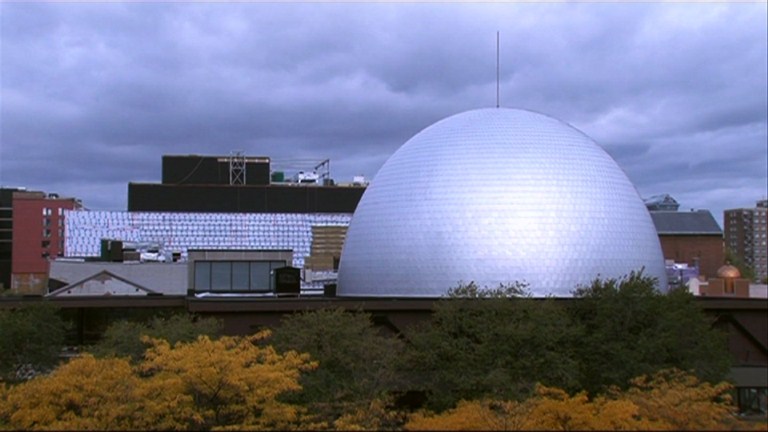 On a typical trip to the American film multiplex these days, you are instantly greeted with the latest 3D films the studios have dreamed up. A market once reserved for the likes of advanced science fiction pictures, the technology has been stretched to now include nearly every major release. Given this barrage of often mediocre films, one would be hard-pressed to not grow tired of a technology still in its relative infancy.
3D technology, however, is not just limited to feature films. In Montreal, a cinema has embraced 3D technology and is using it to provide its audiences with floor-to-ceiling views, advanced speaker systems and a 360-degree view of stunning works of art.
On a typical trip to the American film multiplex these days, you are instantly greeted with the latest 3D films the studios have dreamed up. A market once reserved for the likes of advanced science fiction pictures, the technology has been stretched to now include nearly every major release. Given this barrage of often mediocre films, one would be hard-pressed to not grow tired of a technology still in its relative infancy.
3D technology, however, is not just limited to feature films. In Montreal, a cinema has embraced 3D technology and is using it to provide its audiences with floor-to-ceiling views, advanced speaker systems and a 360-degree view of stunning works of art.
The Satosphere theatre, as reported by AFP, is housed inside a giant silver dome in the city of Montreal, and is offering its audiences a unique way to enjoy the arts. The technology behind the cinema is impressive: measuring 18 meters in diameter, the dome has eight video projectors that display images all along the walls, encircling viewers and creating a truly immersive environment. Along with the projectors, the theatre also includes over 150 speakers, creating a truly cinematic experience.
And the best part of the experience? No bulky 3D glasses are required to enjoy the show.
AFP recently offered a behind the scenes look at the theatre, which you can view here.
The first show to display the technology, “Interior” by Marie-Claude Paulin and Martin Kusch, took place last month and wowed audiences both visually and sensually. With many more performances planned in the months and years ahead, the technology affords artists a new kind of opportunity not yet seen before.
The possibilities here are endless. Imagine an art show where attendees can become part of the experience, interacting with other attendees in a virtual exhibit. Or imagine being lifted to another time period or environment, surrounded by a 360-degree image of an architectural monument, barren deserts or idyllic beaches.
In addition to the opportunities for the arts community, other fields are also taking a look at the technology and seeking ways to possibly integrate it into their industries as well. Developers, hospitals, architects and many others are imagining ways to use 360-degree views to transform the way government officials, tenants, patients and more view planned projects or improvements, offering a way for people to experience a drawing or rendering in a visually immersive way before something is built.
The researchers behind the technology have no plans to just stop at immersive and interactive art shows. One of their current projects is developing a six-lens camera that uses software to merge images together, creating a seamless way to film 360-degree films.
The people behind the theatre are calling the experience “cinema for the 21st century” and “a playground for the next century,” and I’m inclined to agree. As it relates to the arts community, I can only imagine the countless creative ways and uses for a technology such as this; if the technology becomes inexpensive enough to spread worldwide, it’s quite possible it could usher in an entirely new era of artistic expression.
So the next time you leave the movie theater, disappointed with the “3D” technology in films like “Harold and Kumar” or “Puss in Boots,” remember that there are far more innovative uses for the technology being embraced all over the world, often at a significantly higher quality, perhaps headed our way very soon.





